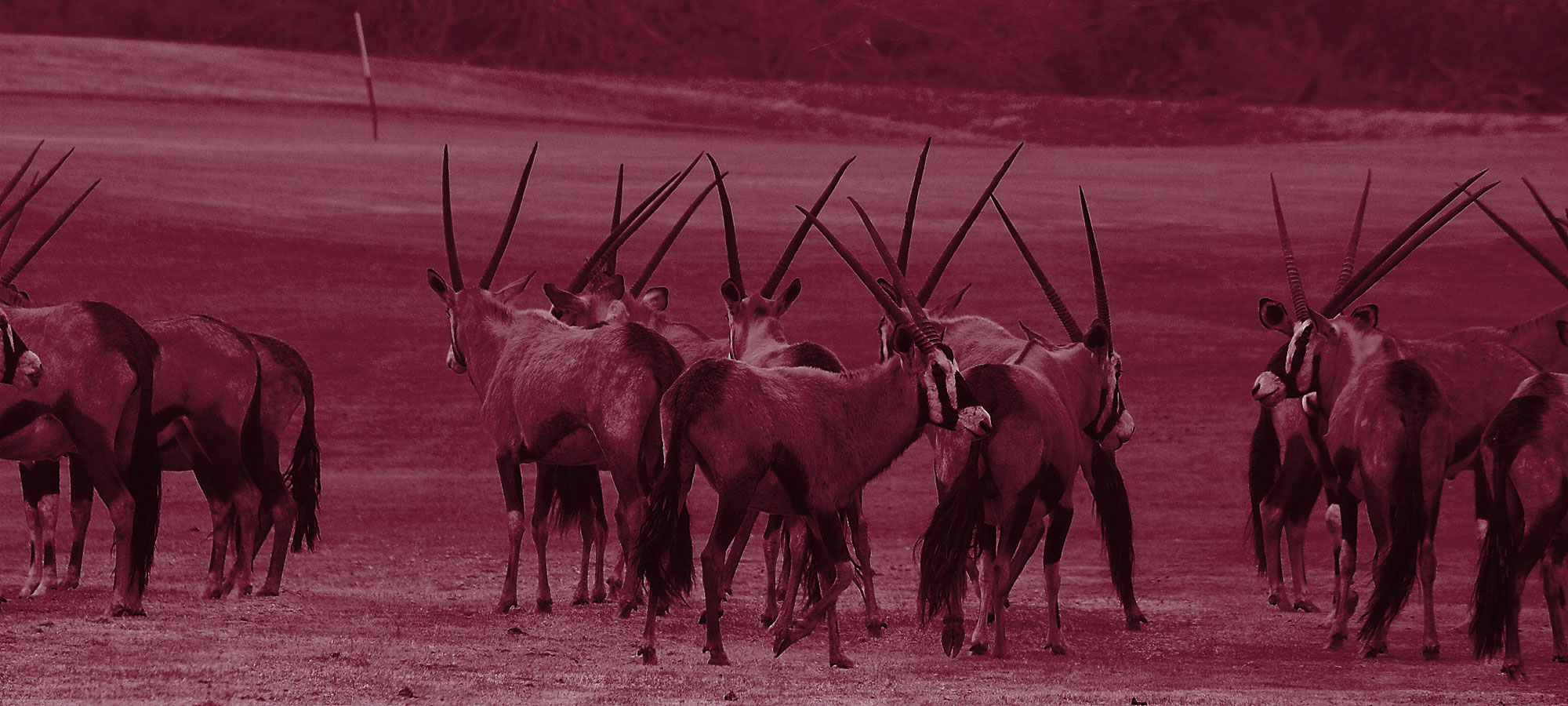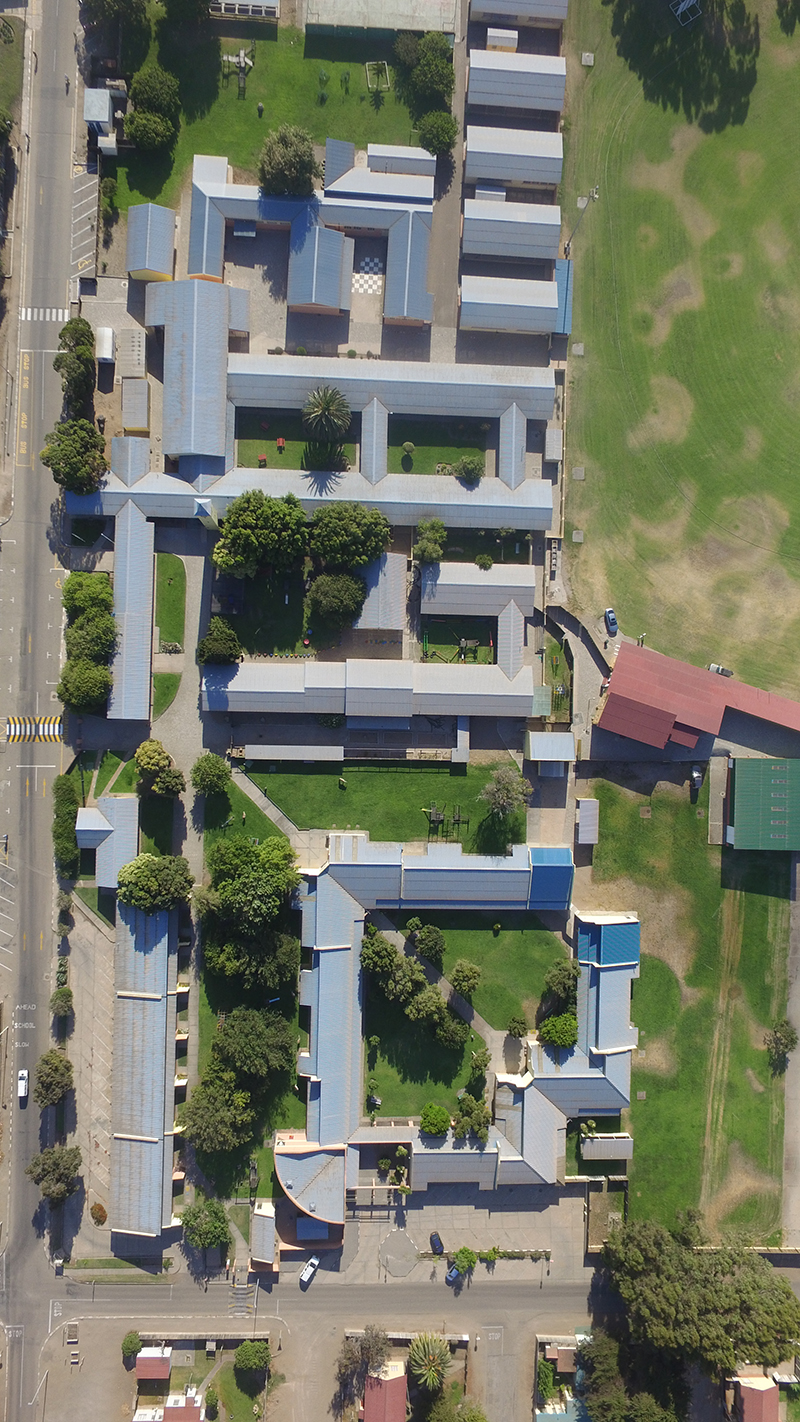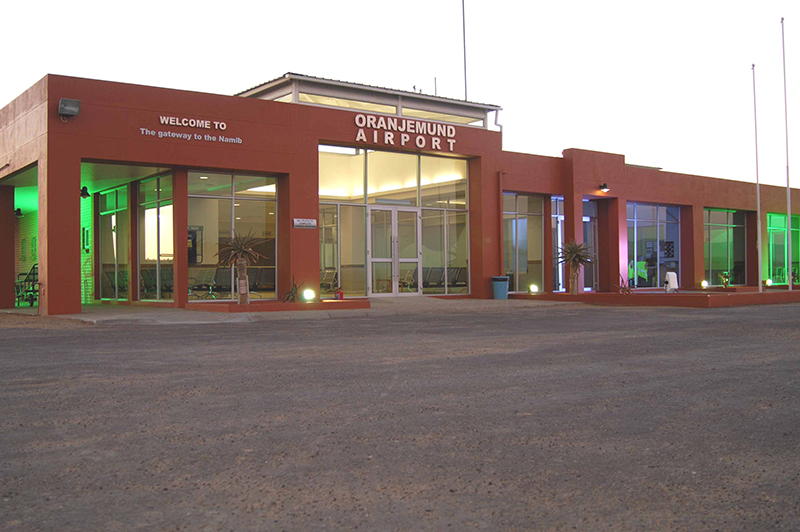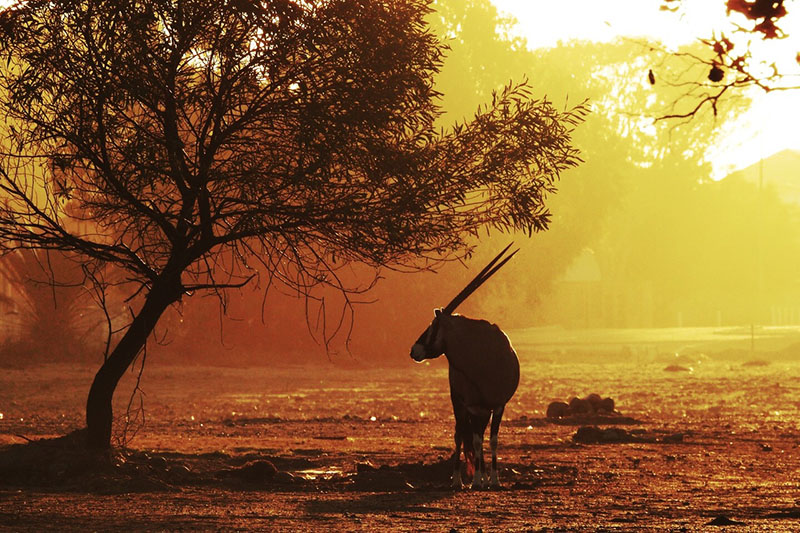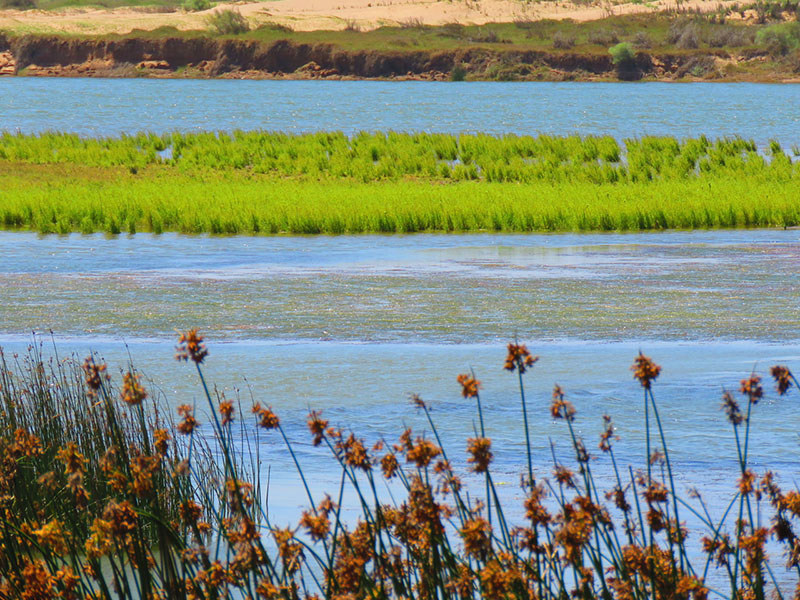Oranjemund has been a mystery for many years, everyone knows about it but very few have seen it. This was mainly due to the town being a restricted area, an accessory work built in 1936 to service the diamond mining industry. As such, only people working for the mine could live there, and visits from friends and family were strictly controlled.
The town was privately owned by its incumbent mine until 2011 when it was proclaimed a public town and became a municipal-governed town. Situated at the mouth of the Orange River, Oranjemund was a closed town until 2017 when it opened to the general public for the first time in history.
Today, after 85 years, Oranjemund is a much-changed town. No longer is it run by a mine, no longer is it closed, no longer is it inaccessible. During the last 10 years, the town was proclaimed, a local authority was established, and a journey called Town Transformation was started. This process entails weaning off the town’s dependency from diamond mining and creating a sustainable future beyond mining.
Economic indicators
- Life of Mine of 2042
- Other than Namdeb, the incumbent mine, there are 140 businesses either mainly in direct support of mining or small-scale SMEs indirectly dependent on the mining industry. About 5-10% has independent viability
- Border town, albeit not an export town, with border posts
- International airport, but not cargo-freight
- Sufficient freshwater supply
- Moderate climate
- River and seafronts
- Renewable energy sources, especially wind
- Pristine and safe environments
- Low concentrations of local demand in region
- No port
- Remote from offset – 800 km to Cape Town, 1,000 km to Windhoek
Factsheet of Oranjemund
Demographics
- Population of max 10,000
Socio-political
- Governed by the Oranjemund Town Council
- Forms part of the Regional Council constituency of Rosh Pinah
- Accounts to the Regional Governor of the //Kharas Region
Socio-economic
- 1,013 residential properties
- ¼ privatized ownership and growing
- A well-established private hospital, providing access to public patients
- A public healthcare clinic
- One private and one public primary school, as well as a public secondary school
- 12 Churches
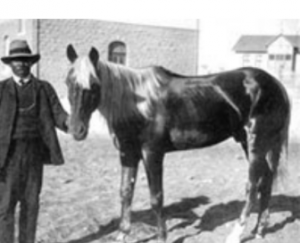
A railway worker, Zachariah Lewala, finds the first diamond near Luderitz. The discovery leads to a major diamond rush, initiated by August Stauch.
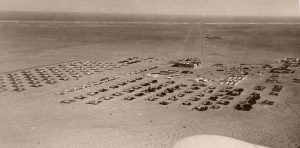
Oranjemund town is established to cater for the mining community and run by the mine, CDM.
The Oranjemund town management Company OTM is established.
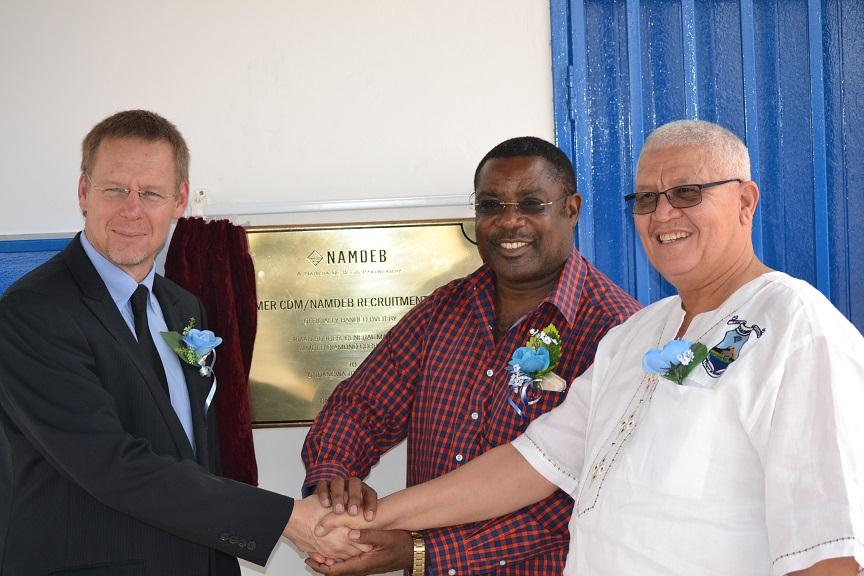
- The Namibian Government declared and proclaimed Oranjemund as a town.
- Oranjemund is declared a local authority, supported by Namdeb.

The Oranjemund Town Council is established and held the first local authority elections.
Town transformation team is formed to lead the town transfer process.

Town Transformation Team formed to direct the transfer of Oranjemund from a private owned to a public owned town, in a sustainable way.

Oranjemund 2030 vision is co-created by OTC, Namdeb and the community

- New Council elected.
- Memorandum of agreement outlined with Namdeb to transfer land. Infrastructure and services.
- Oranjemund 2030 programme established.
- Feastablity studies are completed for selected for completed for selected economic diversification streams
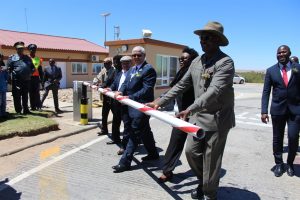
- OMD2030 established. Transfer, Transition Initiated.
- Oranjemund town officially opened to the general public no town entry permits required.
OTC & Namdeb Signed MoA.
- Government and namdeb meet to discuss the prices of improvements – Property ownership commenced.
- OMDis Town Transform registered under section 21 companies Act
News & Announcements
Through our news and announcements, we hope to keep you engaged yet inspired as we share Oranjemunds transform journey with you.
